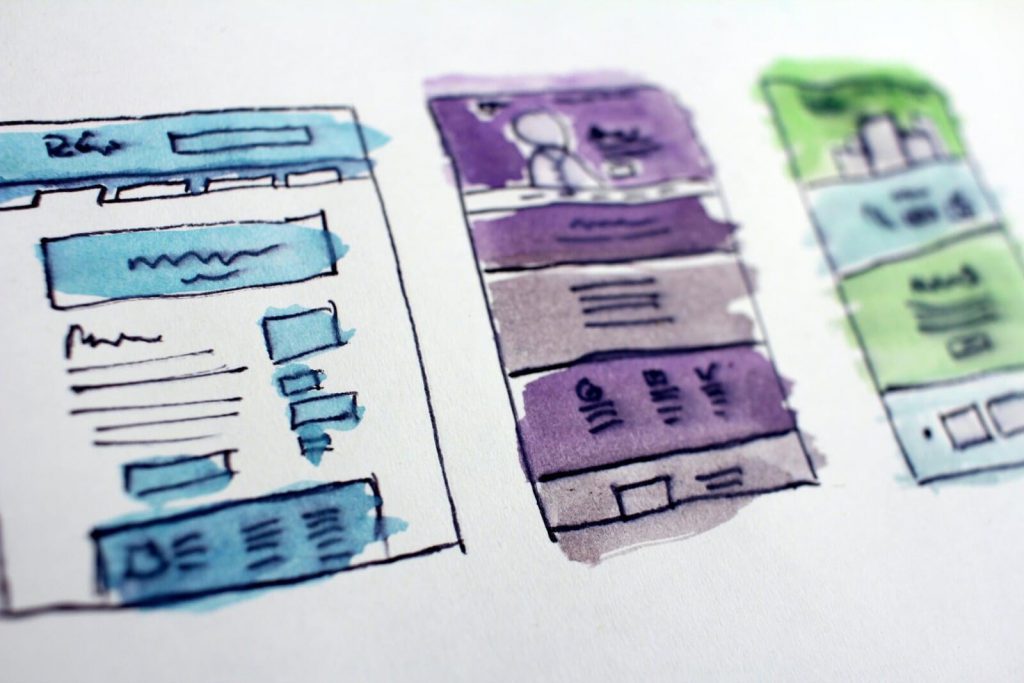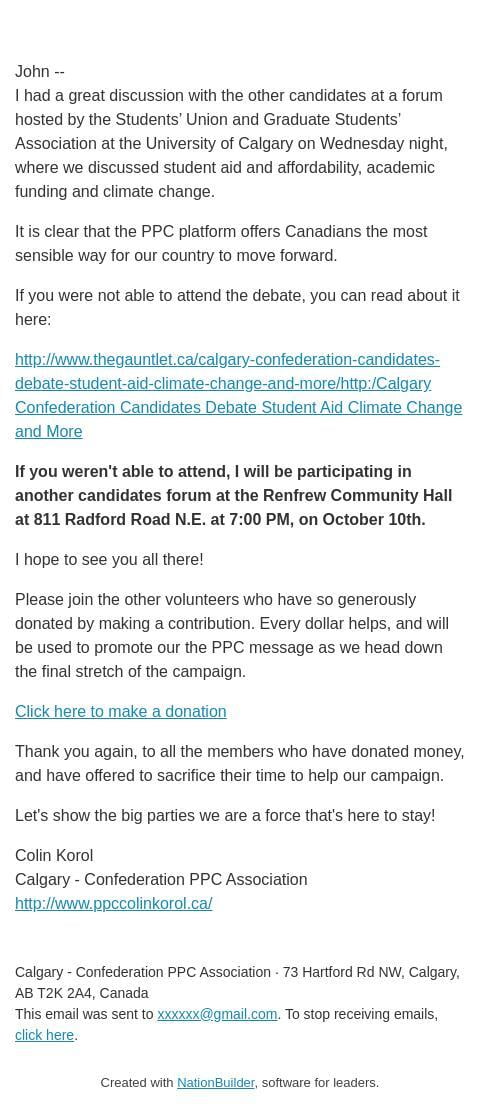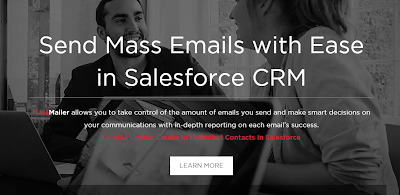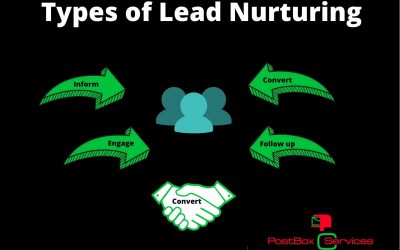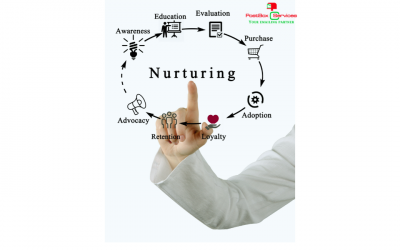Best Practices for Political Campaign Emails – Part 1
Emails deliver a message directly to an audience. There is a human aspect to email that can help build a relationship by sending the right message to the right audience at the right time. Political campaign emails can help senders build relationships with their communities by sending personalized content.
Disclaimer: This article is intended to cover general best practices and standards for political campaign emails. This article is not intended to provide recommendations or instructions on how to create, design, send, or analyse political campaign emails.
The communications often start with a soft ask, such as to sign up for updates or to volunteer. As the conversations progress, emails might ask for more help, such as donating money to a campaign or voting for the candidate.
These political campaign emails are commonly used for:
- Campaign fundraising
- Sending information about a political candidate
- Providing links to resources and blog posts
- Showcase video updates about a campaign and/or candidate
We’re going to dive into the structure of a political campaign email, from the content to the design and everything in between.
What Are Political Campaign Emails?
Digital campaigning gives political candidates the opportunity to listen to their audience and learn from their online behavior. They can ask questions such as, what issues are supporters (and potential supporters) interested in? Where are these people from? What do they need help with that a political candidate can propose a solution for?
Email marketing as a whole revolves around building relationships with an audience. Once email senders build a relationship, they can provide more personalized information in the email content and persuade the audience to take action, such as voting, fundraising, or volunteering for the campaign.
While social media has taken off as a convenient avenue for political campaigns in the past 5+ years, email continues to reign as the most direct way to communicate with an audience.
Growing a Political Campaign Email List
Political campaign email senders can grow their email lists with events, webinars, and cross-promotion. This might include:
- Online campaigning
- Local, socially distanced campaigning
- Partnering with a company to reach a different audience and encourage opt-ins
- Adding a signup page on the campaign website
- Including personalization fields, such as first name and zip code
- Adding check-boxes to indicate what people are interested in reading about, such as healthcare, education, or volunteering
List quality is more important than quantity to help establish relationships, especially in political email campaigns.
Segmenting the List
- Location
- Age
- Interests
- Job status
- Segmenting based on interested readers, general supporters, and volunteers
Keep in mind that while select political campaign emails might be exempt from CAN-SPAM, email senders should still consider regular email laws. Audiences can still mark emails as spam and hurt a sender’s reputation. Consult a lawyer and the Federal Election Commission policies for further clarity on sending political campaign emails.
Email Content
Content marketing can provide great value to an audience, especially in political email campaigns. These emails can deliver thought leadership articles and more information on the issues that people are interested to naturally encourage the audience to take action.
Keep the following in mind when writing political email campaign content:
Write an engaging subject line.
- With any email, the subject line should grab the reader’s attention and draw in the reader immediately.
- Common political subject lines will create a sense of urgency, with a fundraising deadline or verbiage that the campaign needs the reader’s help.
- Bait-and-switch subject lines like “Bacon” are not recommended.

- Collect feedback from voters and supporters.
- Ask what issues they’re interested in and find out what questions they want answers to.
- Be personable, conversational, and/or communicate when the message is time-sensitive
Personalize the content
- Use the first name merge field or the word “Friend” in an email greeting
- Include location-specific information when writing about issues in an area or polling people about specific state or city-related concerns
- Plan an email drip campaign per segmented list
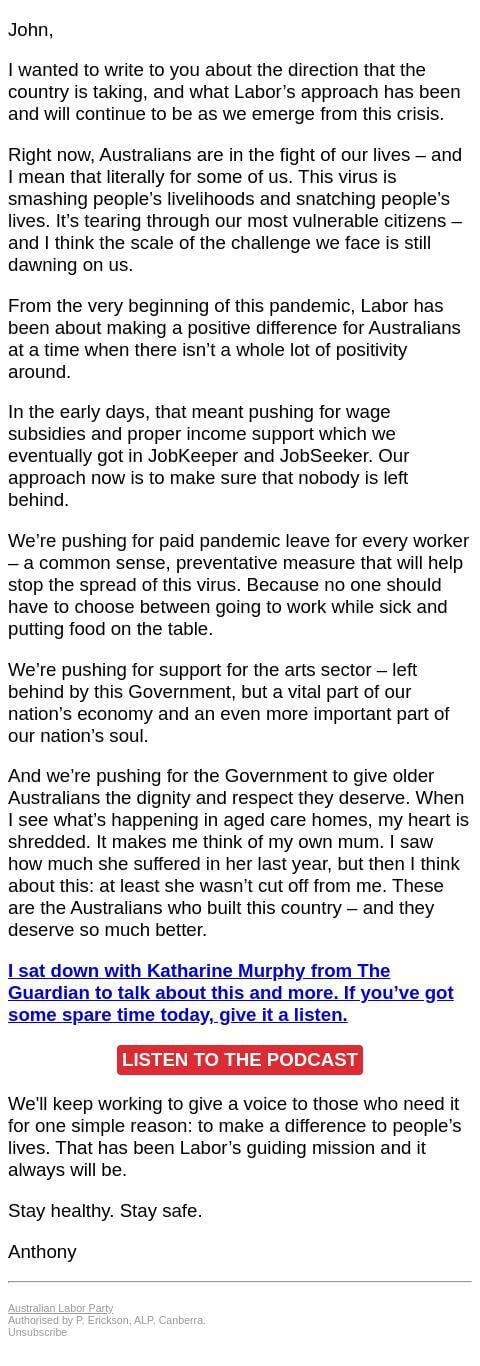
Build trust.
- Include helpful information about the campaign – what is it, how can people get involved, why should they get involved
- Provide value – add links to blog posts, statistics, other resources
- When persuading the audience to act, explain the value of the ask and how it will benefit the audience (ex: donating money or volunteering)
- Keep the content action-oriented with one call to action
- Inform the audience, encourage them to follow the campaign on social media or interact with the campaign on the website
Sign off.
- The signature is another important aspect of the email
- Depending on the message, the email will sign off with the candidate’s name or with the
- name of someone from their team.
- Ex: if the email focuses on finances, then the political financial advisor might be the best
- signature to sign off in the email.
Email Design
Many political campaign emails tend to be text-only messages with a combination of black, blue, and red text. These emails commonly contain:
- A simple layout
- Plain-text
- Conversational tone
- Countdown (for fundraising or an event date)
- Recommended donation amount
- One call to action – usually a button at the end of the email to donate or visit the campaign website for more information. By including one call-to-action button, the email remains focused and aims to persuade the reader to take action on one item rather than distracted the reader with multiple links.

With any email campaign, emails should be tested pre-send and analyzed post-send. Campaign messages should start broad enough to reach the whole audience, and then the message should be more personalized once the audience provides more information (location, issues they’re interested in, etc.).
Senders running the email campaigns should keep an eye on the email campaign reports to decide what’s working and what they need to change. They can consider running A/B testing to send similar messages to each segmented audience, test the personalization options, and maximize their campaign results.
